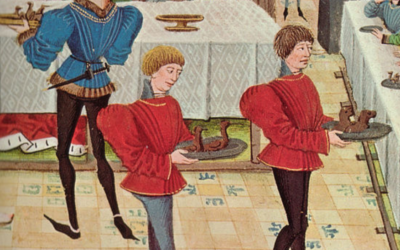27/12/20183 mins
A contrarian approach can pay dividends
As contrarian investors, we prefer to plot our own course rather than follow the herd. Our quest is to find ‘ugly ducklings’ – companies that are shunned by others but offer a real prospect of improvement. And while the obvious upside to this approach is the potential for share price appreciation, it can also offer another valuable source of returns as unfashionable companies often have higher than average dividend yields.
Seeing the value in ugly ducklings
It goes without saying that the ‘ugly ducklings’ we choose are unloved, but we believe that they have the potential to improve their businesses. We look for companies that have the strength and flexibility to adapt and thrive over the longer term. A sustainable dividend from such companies is attractive to us as it offers a return while we wait for our thesis to unfold.
Of course, not every investment in our portfolio pays dividends and we wouldn’t necessarily overlook a prospective investment for that reason. A company navigating the low point in its cycle might opt to forgo a dividend to reinvigorate its business. This prudent approach can hasten the company’s recovery and potentially allow more sustainable dividend payments to recommence. Indeed, a dividend reinstatement can be an important signal that the company’s rehabilitation is underway.
This scenario is currently playing out at Tesco, one of our biggest holdings. Tesco cut its dividend after a difficult period, during which profits fell and discounting rivals gained market share. Since then, the company has regained its footing, allowing management to reintroduce the dividend.
As long-term investors, we have time on our side as we wait for a nascent recovery to become established. Patience is key to contrarian investing. A certain fortitude is also required to withstand the anxiety of the market, while holding steadfastly to our convictions. But the potential pay-off can be more than worth the wait.
From sour grapes to an exceptional vintage
One of the most notable successes of this patient approach is Treasury Wine Estates, formerly the biggest holding in our portfolio. We invested in this company in August 2015, when it was very much out of favour. The catalyst for change was a new management team, whose strategy transformed the business from an ‘ugly duckling’ to an elegant swan, before we decided to sell our stake (or, to continue with the metaphor, it flew our nest) leaving a £39 million profit – almost three times our original investment. While not all of our investments will prove fruitful, this example demonstrates why patience can be such a virtue.
Enduring growth
Paying dividends to our own shareholders has been part of our heritage of 132 years. We’ve recently increased the frequency of our dividend payment to quarterly. One of our aims is to grow the dividend ahead of UK inflation and this is supported by a record of raising our dividend in each of the last 35 years. However, it should be remembered that dividends are not guaranteed and can fall as well as rise.
Please remember that past performance may not be repeated and is not a guide for future performance. The value of shares and the income from them can go down as well as up as a result of market and currency fluctuations. You may not get back the amount you invest.
The Scottish Investment Trust PLC has a long-term policy of borrowing money to invest in equities in the expectation that this will improve returns for shareholders. However, should markets fall these borrowings would magnify any losses on these investments. This may mean you get back nothing at all.



